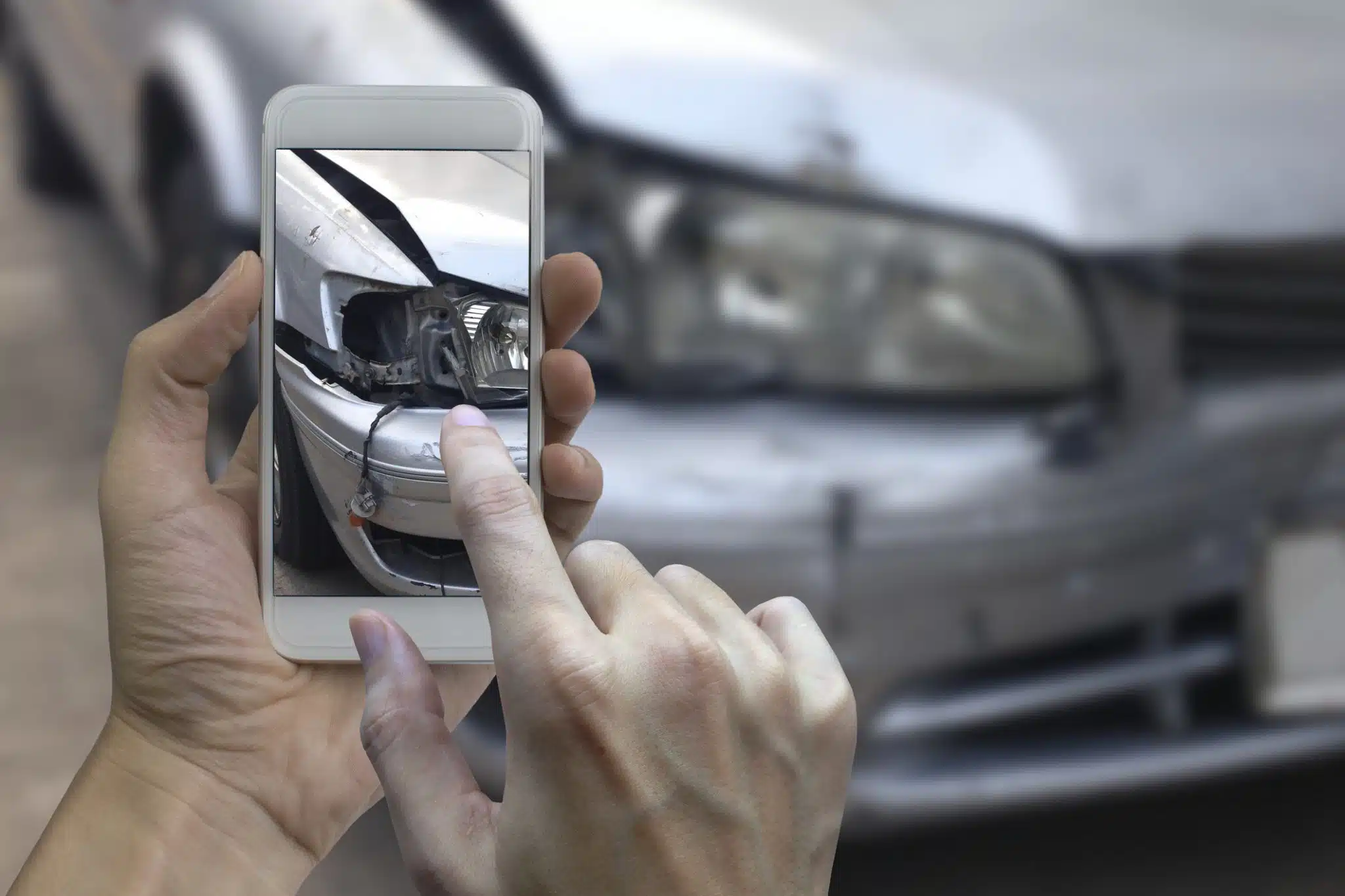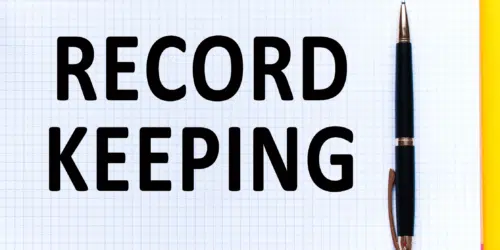Recent studies on car accidents in Ontario confirm that many drivers are not leaving enough space between themselves and other vehicles — more than 25% of collisions involve a car being rear-ended, according to 2016 statistics. Crashes occurring while going through intersections or turning are almost as frequent. The number of collisions is on the rise Canada-wide.
Driver error is the most common cause of car accidents in Canada. Driver errors that result in accidents include (but are not limited to):
- following too close;
- driving while distracted (see blog post by Ines Jelic);
- failing to obey traffic lights;
- failing to come to a complete stop at stop signs;
- misjudging the speed of approaching vehicles;
- misjudging the ability to stop, turn, or merge;
- and unsafe driving such as speeding or zigzagging through traffic.
Driver error may be the most significant thing causing car accidents, but there are also other contributing factors.
Mechanical problems
The probability of being in an accident is greater for cars that need repairs. Broken lights, windows, or mirrors also increase the likelihood of a crash.
It is important to remember that, as the operator of the vehicle, you must make every effort to ensure that you drive according to prevailing conditions and keep your vehicle in a good state of repair.
Road conditions
Roads that are in disrepair can affect the ability to steer and stop.
Weather conditions
Ice, snow, and rain cause slippery road surfaces. Fog or white outs limit visibility.
Reduce the Chances of Making an Error
Even drivers with an accident-free record make mistakes. Fortunately, an error by one driver is often countered by defensive driving by another driver so that a collision is avoided.
Multitasking is Dangerous
The human brain can not undertake two significant tasks at the same time. It micro tasks, which involves switching attention quickly between two or more tasks. Micro-tasking reduces how effectively we handle each task. Your full attention should be devoted to driving — pull over and stop in a safe location if you need to focus on something else, such as looking at a map or checking on a passenger in the rear seat.
Leave Enough Room
The usual time it takes for a driver to perceive an emergency and take preventative action is between two and three seconds. This is called the “perception/reaction time.” Embrace the three-second rule when following another vehicle in normal conditions. Pick a stationary object like a sign that the car in front is about to pass. Once it reaches the sign, slowly count to three. If you pass the sign before you get to three, slow down a bit and increase the distance between cars. This rule should be adjusted depending on the road and weather conditions.
The three-second rule will give you a test to ensure that you leave enough room to slow down and stop in an emergency. If the car following you is not respecting the three-second rule, put on your four-way flashers for a couple of seconds. This usually results in the following driver slowing down and creating a sufficient buffer between cars.
When you stop behind another car, stay far enough away so that you can see the bottom of their rear tires. Leaving this amount of space will lessen the chance of a chain reaction if you are rear-ended.
Get Sufficient Sleep
It is well known that consuming alcohol or drugs can severely diminish a driver’s reaction time and their ability to notice road hazards. Impaired driving increases the likelihood of a car accident, but did you know that fatigued drivers pose a risk comparable to impaired drivers because fatigue reduces a driver’s ability to identify and respond to traffic and road conditions. It is essential to get enough sleep each night and exercise caution if you haven’t had enough. If you start to feel drowsy while driving, pull over and have a nap.
Conclusion
It is important to do what you can to reduce your risk of making a mistake that causes a car accident. You can’t control what others drivers do, but defensive driving can help avoid collisions.
This blog post was written by Edward (Ted) Masters, a member of the Disability Insurance Claims and Personal Injury teams. He can be reached at 613-566-2064 or at ted.masters@mannlawyers.com.








